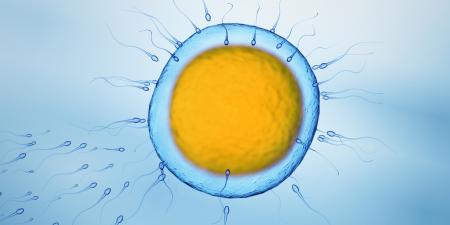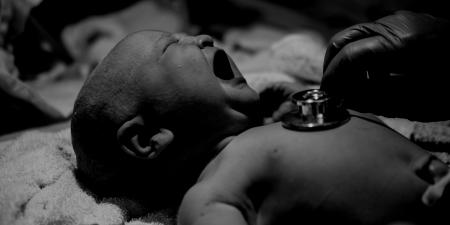Last year, 21,692 of the more than 72,000 people on the United Network for Organ Sharing (UNOS) national patient waiting list received organs. That same year, 6,125 people were removed from the list due to death--they died before a transplant opportunity arose for them.
These numbers, denoting a supply of available organs less than 1/3 as great as the demand, reflect a crisis for wait-listed individuals. The shortage measures the distance by which technological progress has outstripped society's collective desire to donate. Advances in transplant surgery and in managing illnesses that affect replaceable organs have resulted in longer and longer waiting lists; meanwhile, the number of donors has, unfortunately, not grown proportionally.
Efforts to raise visibility and increase awareness of the need for organ donation have produced such initiatives as this image from August 5, 1998, when the United States Postal Service officially dedicated the Organ & Tissue Donation Stamp as part of the National Transplant Games' opening ceremonies.
Andy Levine's cubist-like design depicts two intertwined figures who share an eye and whose hands reach inside each other's body to touch each other's hearts. The image evokes connectedness, both in the position the figures assume and their reciprocal gestures towards the heart, a symbol of its owner's core.
The caption, "Organ & Tissue Donation--Share Your Life," invites the reader to think now about donation arrangements at the end of life. It departs from the dominant metaphor of organ donation as the "gift of life," which has recently been criticized for creating impossible obligations on the part of the recipient--namely, the overwhelming need to thank or repay the donor for the priceless gift of a second chance.
Together with the words beneath the image, the creation inspires a sense of hope, where there could be sorrow only. With its half-shared features and mutual reaching out, the image suggests an understanding of organ donation as a gratifying exchange: a donor whose heart has been touched, a recipient whose life has been saved.
For a more thorough discussion of the criticisms associated with the "gift of life" metaphor for organ donation, see Laura A. Siminogg and Kata Chillag, "The Fallacy of the 'Gift of Life,' " Hastings Center Report 29, no. 6 (1999): 34-41.



